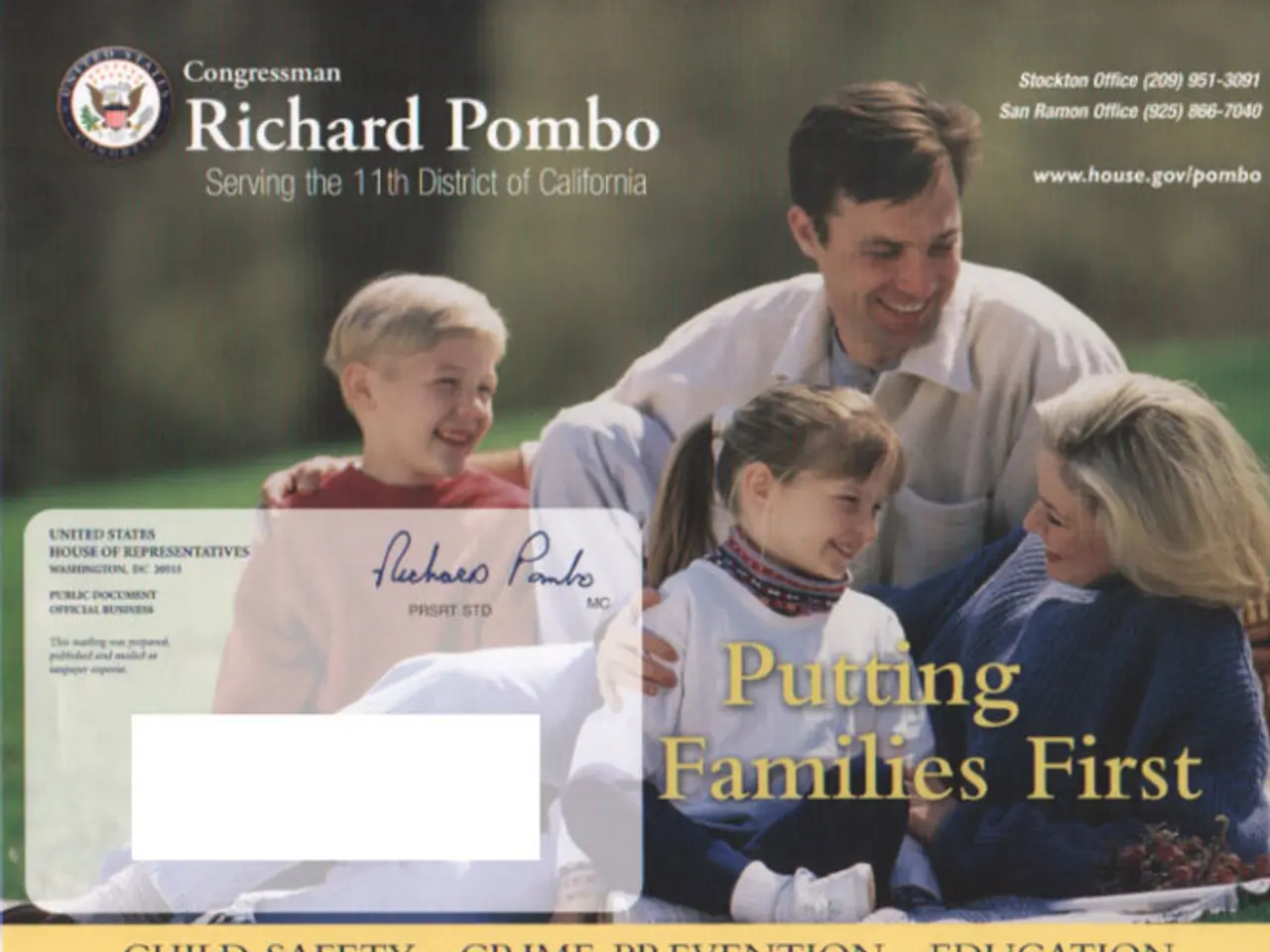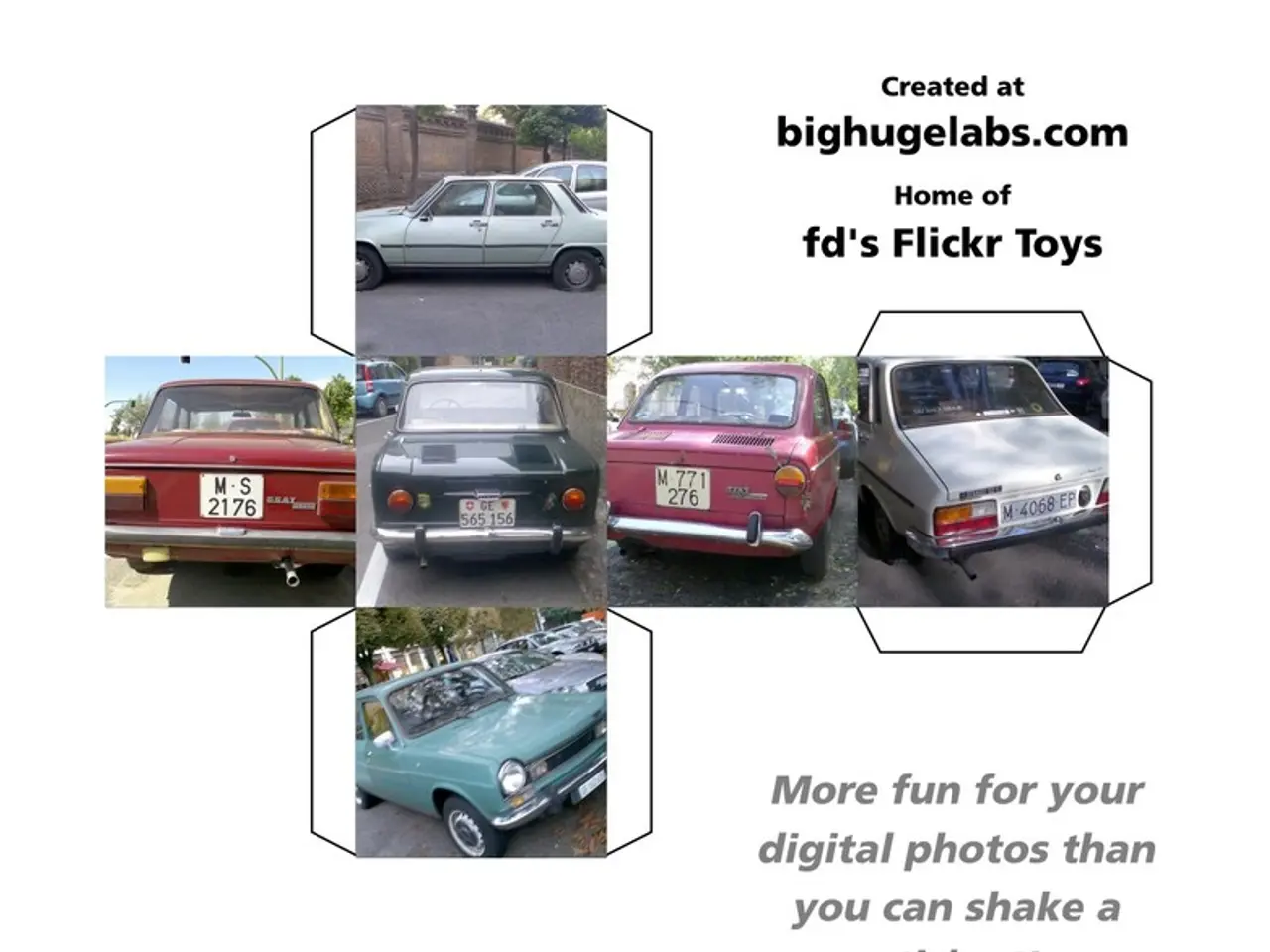Strategies for Contract Negotiation in Graphic Design Projects
In the world of graphic design, negotiating a contract is a vital step towards building a successful career. Here's a comprehensive guide outlining the key elements and best practices for both freelancers and agencies to secure mutually beneficial agreements.
## Key Elements of a Graphic Design Contract
1. **Scope of Work and Deliverables** - Clearly define the services to be provided, including the type and quantity of deliverables (e.g., designs, prototypes, final files). Establish a project timeline with milestones and deadlines.
2. **Payment Terms and Schedules** - Specify the payment structure (fixed, hourly, milestone-based) and the payment schedule. Include any late payment fees or penalties.
3. **Intellectual Property Rights and Ownership** - Clarify who retains ownership of the design work and what rights are granted to the client. Outline any licenses or permissions, including usage rights and restrictions.
4. **Revisions and Changes** - Define the process for requesting and implementing revisions, including any additional costs.
## Best Practices for Freelancers
1. **Conduct Research** - Research industry standards to remain competitive.
2. **Negotiate with Clients** - Start with a higher rate to allow room for negotiation. Remain firm on your minimum acceptable rate.
3. **Consider Shared Value** - Highlight the value you bring to clients, such as loyalty and repeat business. Consider discounts for regular work.
4. **Be Clear and Specific** - Use bullet points to outline terms and conditions clearly.
## Best Practices for Agencies
1. **Clarify Project Scope** - Ensure clear understanding of the project scope, timeline, and budget.
2. **Assess Communication Style** - Evaluate how well designers communicate and respond to feedback.
3. **Ownership and Usage Rights** - Ensure the contract specifies who owns the final designs and what usage rights are granted.
4. **Flexibility and Negotiation** - Approach contracts as negotiable until signed, and be open to revisions.
## Additional Considerations
- A 'kill fee' in a contract protects the designer if the project is canceled without fault. - Clarifying revision limits ensures a fair workload and keeps the project on schedule and within budget. - Exclusive rights give the client the exclusive right to use the design as specified in the contract. One-time use allows the design to be used in one specific context or campaign and cannot be reused without further agreement. - Negotiating termination clauses is essential to safeguard interests and outline the procedure for a potential dissolution of the agreement. - A well-structured contract sets expectations and protects both the designer and the client. Usage rights can transfer upon full payment or at another stage of the project. It's wise to discuss and document rights concerning modifications of the work and resale by the client. - Researching market rates helps graphic designers price their services fairly and competitively. Clarifying usage rights in a graphic design contract is important to define how a client can use the work.
By focusing on these key elements and best practices, both freelancers and agencies can effectively negotiate graphic design contracts that meet everyone's needs, ensuring smoother collaboration and preventing potential misunderstandings.
In the realm of business and finance, freelance graphic designers can augment their careers by conducting thorough research on industry standards and negotiating effectively with clients, while agencies can achieve success by clarifying project scopes, evaluating communication styles, and negotiating the ownership and usage rights of designs. These practices help in securing mutually beneficial contracts, fostering smoother collaborations, and preventing potential misunderstandings.




